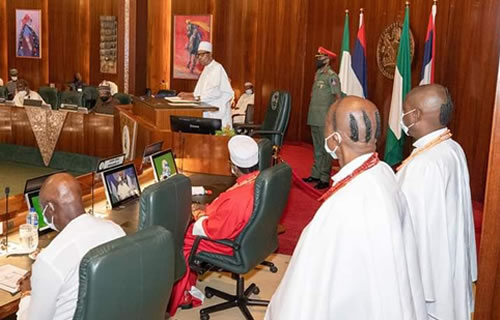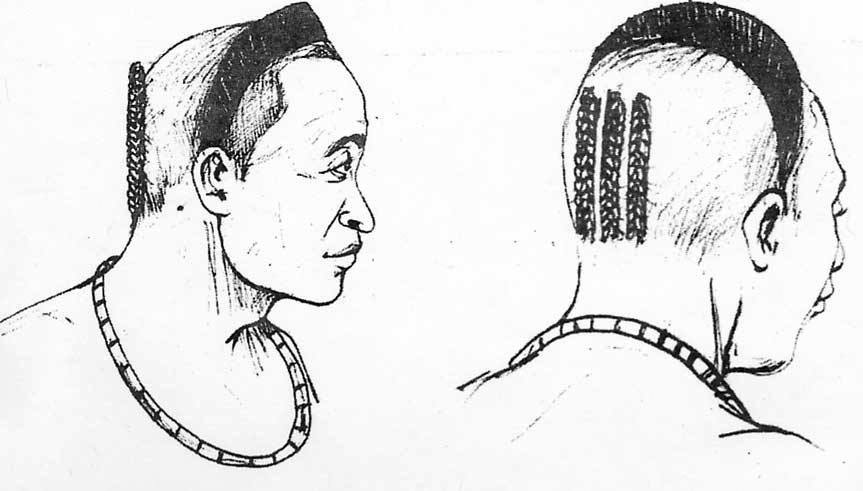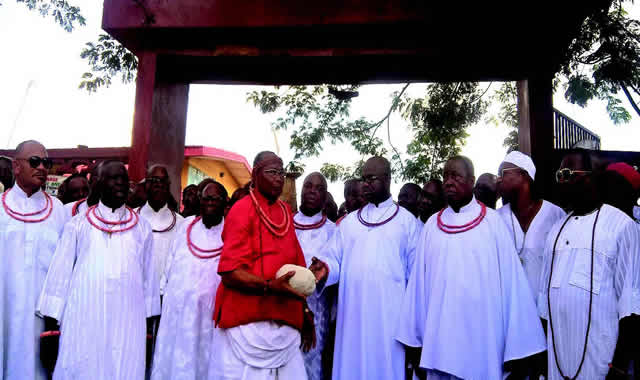
Have you ever wondered why Bini Chiefs sport such distinctive and eye-catching haircuts? We did, and our curiosity led us deep into the rich tapestry of the Benin Kingdom’s traditions, where the meanings behind these iconic styles began to unfold.
Recently, a photograph that captured Bini Chief’s unusual and striking haircut, seated beside none other than the “Calm Down” sensation REMA, ignited a wave of online buzz. The image instantly intrigued many, prompting a flurry of questions about the significance of these unique hairstyles.
In the vibrant mosaic of African culture, where every detail carries weight—from identity to status and spiritual symbolism—the haircuts of Bini Chiefs are no mere fashion statement. They are powerful emblems woven with history and meaning, standing tall in the legacy of the Benin Kingdom.
The Role of Hairstyles in African Culture
Across Africa, hairstyles have long served as powerful symbols, reflecting an individual’s role, community ties, and personal identity. From the intricate braids of the Himba people to the regal headpieces of West African royalty, these styles are deeply woven into the cultural and spiritual fabric of societies. In the Benin Kingdom, the hairstyles of Bini Chiefs are not just personal choices but are steeped in tradition, symbolizing their connection to the Oba (King) and their high status within the kingdom.
Read: The Evolution of Nigerian Hairstyles: A Journey Through Time
The Unique Hairstyles of Bini Chiefs: Uguakpata and Ogbon

Bini royal chiefs are distinguished by two specific hairstyles known as Uguakpata and Ogbon. The Uguakpata refers to the frontal part of the hair, while the Ogbon is situated at the back of the head. The Ogbon is particularly notable, consisting of three plaits of hair standing vertically on the wearer’s occiput (the back part of the skull). These hairstyles are more than mere adornments; they symbolize the wearer’s esteemed position and their close ties to the Oba of Benin and the elite group of Palace Chiefs known as the Egie-Egbe chiefs.
The Symbolic Representation of the Oba in Bini Chiefs
The titles and hairstyles of these chiefs are deeply symbolic, with each chief representing a specific part of the Oba’s physical form. This symbolic representation underscores the chiefs’ role as extensions of the Oba’s power and authority. For example:
- Chief Uso: Represents the Oba’s teeth
- Chief Ehana: Represents the Oba’s feet
- Chief Ohonba: Represents the Oba’s head
- Chief Ehaloyen: Represents the Oba’s trunk
- Chief Aro: Represents the Oba’s eyes
The Uguakpata hairstyle, worn on the frontal aspect of the head, is a proud emblem of the chief’s revered status. Meanwhile, the Ogbon, with its three vertical plaits, further signifies the chief’s deep-rooted connection to the traditions of the Benin royal palace.
Read: Samson Ajao Sets Guinness World Record for Longest Marathon Reading Aloud
The Hierarchical Structure of the Benin Kingdom

The Benin Kingdom is structured around a hierarchical system deeply embedded in tradition. At the top is the Oba, the supreme ruler who holds both political and spiritual authority. The Palace Chiefs serve directly under the Oba, acting as advisors, custodians of tradition, and symbols of the Oba’s reach and influence. Among these chiefs, the Egie-Egbe chiefs are particularly distinguished by their unique *Ogbon* hairstyle and their close association with the Oba.
The distinctive hairstyles of Bini Chiefs, particularly the Uguakpata and Ogbon, are far more than mere fashion statements. They are potent symbols of cultural identity, hierarchy, and the profound respect and reverence that the chiefs hold for the Oba of Benin. These hairstyles stand as a testament to the enduring traditions and rich history that continue to define the Benin Kingdom.
